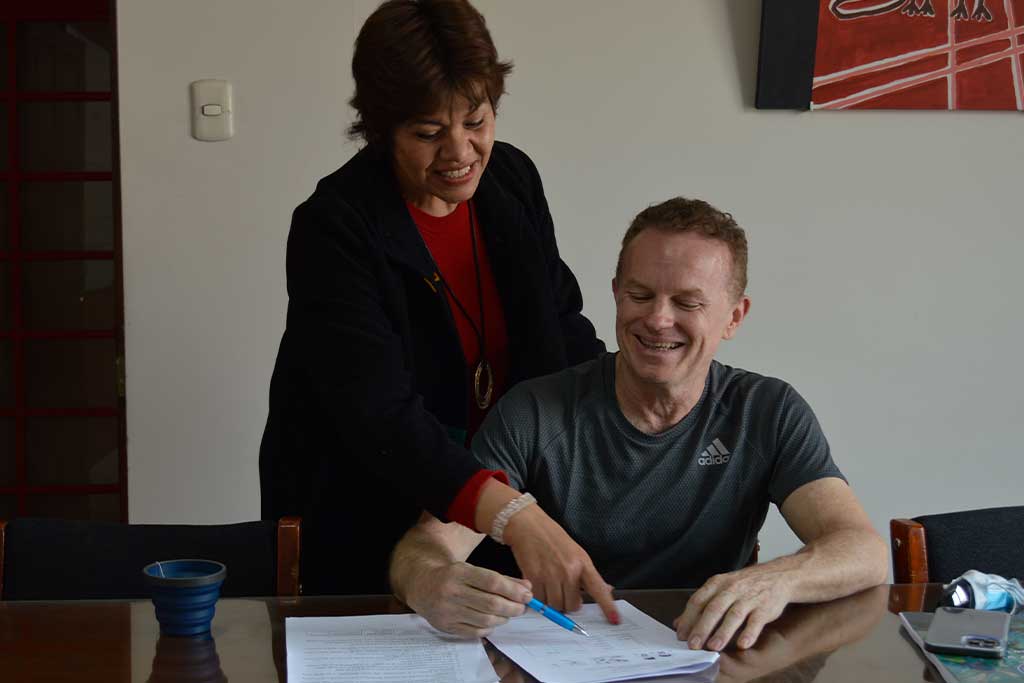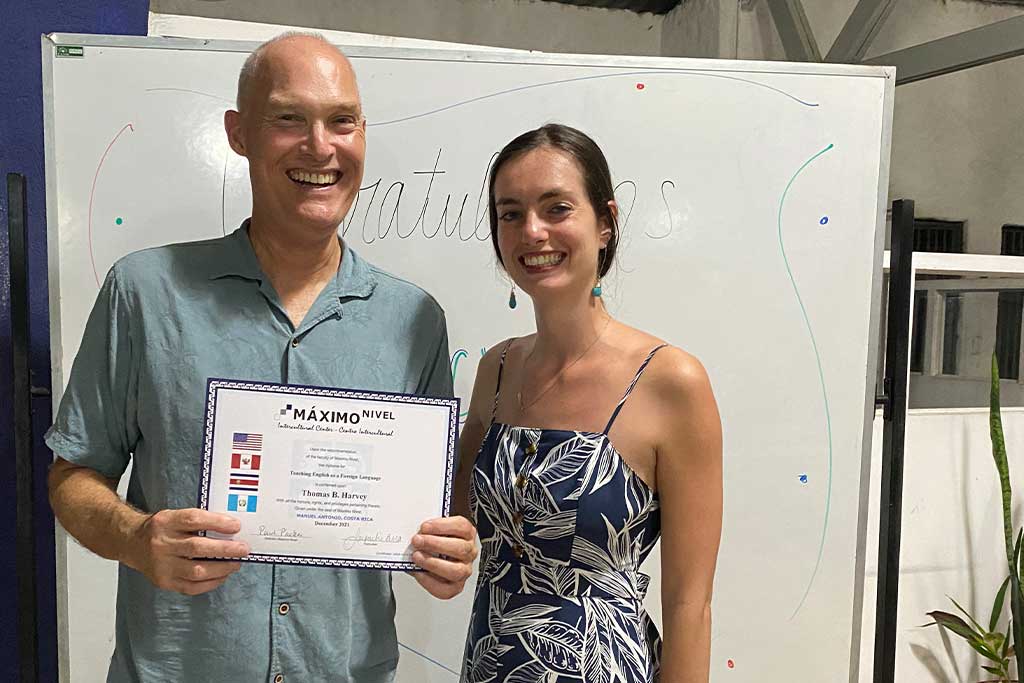Gap year travel has become far more than a 12-month bar crawl. The diversity of experience that traveling abroad can bring creates more resourceful and global thinkers. That’s why a resume “gap” can actually give you a competitive edge.
But only recent graduates and young professionals can set aside a whole year to live abroad, right? Wrong! From volunteering to career opportunities, you hadn’t yet considered, taking a sabbatical to travel isn’t a step backwards. It could launch you in a whole new direction!
Did you say “impractical”?
No, I did not. I said “sabbatical.” Unless you’re a parent-to-be or a professor pursuing your own research, you may not have contemplated a work break before. You have responsibilities. Bills to pay. Career goals to accomplish!
You studied to enter your desired field. Now, you work your way up the ladder until someday you’re thrown a modest retirement party. You may even get to choose the cake. But what if rigid career paths are a myth? Who says the world can’t teach you as much as a classroom or an office? Maybe even more.
Structured time off is a meaningful use of your time both personally and professionally. However, taking a sabbatical should not be confused with simply quitting your job. Like any worthwhile pursuit, long-term travel requires planning, motivation and intention. And, of course, guts!

How to Take a Sabbatical from Work
Setting aside time to travel unlocks the power of perspective. A sabbatical is not only a chance to discover the world; it’s also an opportunity to rediscover yourself. Because of this, the nature of a sabbatical will and should be different for everyone. However, here are 3 basic steps to get you seeking in the right direction.
Step 1: Communicate with Your Current Employer
Please, do me a favor so I can sleep tonight. Don’t come home to your partner and tell them that you’ve quit your job on the spot. You stumbled upon this alternative travel post on your lunch break, and it inspired you to explore the benefits of a sabbatical year… But what now? Where now?
Plan for your time off like you would any other professional opportunity. This means notifying your current boss as soon as possible that you will be leaving. You might be surprised. If you communicate respectfully with your company, you may have the same job waiting for you when you return. If not, don’t fret, but it is always better to leave on good terms.
Who knows what will happen abroad. You might need a sparkling letter of recommendation sooner rather than later. This is the beauty of purposeful travel. Though it may draw you in unexpected directions, you are not turning away from your career. In fact, you’re broadening your skillset.

Step 2: Outline Clear Objectives for Your Sabbatical
To make the most of your time “off,” however, it is crucial to plan ahead. Outlining clear goals for your sabbatical year sets you up for success in multiple ways. First of all, it provides prospective travelers with reassurance. Knowing why you’re doing something is nearly as important as doing it.
Secondly, it gives you a focus. Find a country or a cause that you are passionate about and go from there. Is there a language you’ve always wanted to learn? A type of volunteer work that’s close to your heart? An endangered species that needs saving?
Latin America is a gold mine for meaningful travel opportunities. Spanish and indigenous influence have woven together to create a rich cultural fabric, and it’s one of the most biodiverse corners of our planet. The cheap cost of living makes it a practical option for long-term travelers. Spanish proficiency is also a marketable addition to any resume, especially in certain areas of the United States.
Because there are many developing countries in Central and South America, it is also an ideal place to volunteer. From teaching English to environmental conservation projects, you’ll be in high demand! Maximo Nivel’s campuses in Costa Rica, Peru and Guatemala offer a wide variety of volunteering and educational travel opportunities. Find a program before you even book your flight!
Step 3: Remain Flexible!
But even though a successful sabbatical requires some degree of planning and structure, don’t forget to keep an open mind. Flexibility is the foundation of educational travel. Transferable skills such as resourcefulness and adaptability are best taught through life experience, particularly in an unfamiliar environment.
What better way to sharpen these skills than diving into a foreign culture? True immersion not only cultivates global thinking, but also pushes you to adjust to your surroundings. You’ll learn to thrive in an international setting, socializing, and learning the language of your temporary home.

In addition to being professionally and interculturally valuable, learning a new language enhances brain function. So, by presenting yourself with new challenges you’ll be actively disproving the cliché: “you can’t teach an old dog new tricks.” For some, the wisest career move may be to push pause.
Whether you’re seeking an international job or simply hoping to broaden your scope, a sabbatical is the perfect plan. Latin American cultures in particular operate by word of mouth, so you never know what opportunities might arise when you step into the unknown. Explore the power of (re)discovery!
